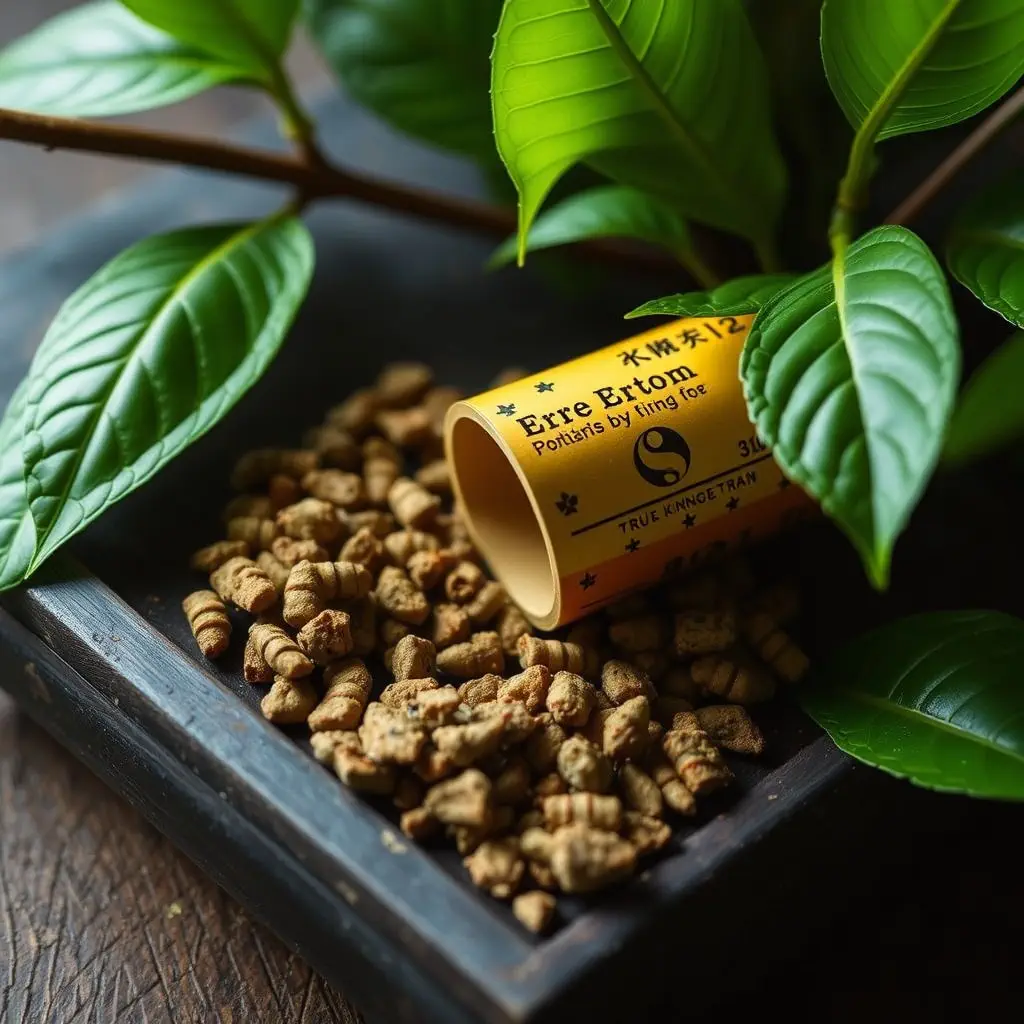Recent studies suggest that the Lotus Blue Flower, a Southeast Asian plant with historical medicinal uses, could be an effective natural remedy for opioid withdrawal due to its potential interaction with opioid receptors. Its constituents might help alleviate withdrawal symptoms and serve as an adjunct therapy alongside traditional detoxification methods. However, the full extent of its efficacy and safety can only be determined through ongoing clinical trials, which are necessary to compare its effects with conventional treatments in a medical setting. The Lotus Blue Flower, which resembles kratom's leaves and contains similar alkaloids like mitragynine and 7-hydroxymitragynine, has also been explored for managing opioid withdrawal. Its use should be approached with caution due to its complex pharmacodynamics and potential for dependency, and it is important to seek medical guidance when considering it as part of a detoxification protocol. The scientific community is examining the nuances of kratom's impact on opioid receptor activity, which may inform its role in withdrawal management. Additionally, the Lotus Blue Flower's analgesic properties, free from traditional opioids' overdose risk, are being evaluated within a comprehensive treatment plan that includes both physical and psychological care. This involves determining correct dosage, scheduling intake, and monitoring for interactions, emphasizing personalized patient management due to the highly variable responses to the flower. While anecdotal evidence is promising, it underscores the need for further clinical research to substantiate its benefits and guide healthcare professionals in providing informed and tailored care for opioid detoxification.
Exploring the therapeutic potential of the lotus blue flower, particularly in alleviating opioid withdrawal symptoms, is the focus of this insightful article. Known for its traditional uses, the lotus blue flower has garnered attention for its role in mitigating the challenging effects of opioid cessation. We delve into the scientific mechanisms underlying its effects and provide guidance on integrating it into detoxification strategies safely and effectively. This article serves as a guide for those seeking alternative methods to manage withdrawal symptoms, offering a glimpse into the promising future of natural remedies in substance abuse treatment.
- Unraveling the Potential of Lotus Blue Flower in Mitigating Opioid Withdrawal Symptoms
- Understanding Kratom's Interaction with Opioid Receptors and Its Implications for Withdrawal Relief
- A Comprehensive Guide to Safely Incorporating Lotus Blue Flower into Opioid Detoxification Protocols
Unraveling the Potential of Lotus Blue Flower in Mitigating Opioid Withdrawal Symptoms

Research into alternative treatments for opioid withdrawal has brought the Lotus Blue Flower to the forefront of natural remedies. This botanical derivative, native to Southeast Asia, has garnered attention due to its traditional use in mitigating a variety of ailments, including opioid withdrawal symptoms. Preclinical studies suggest that constituents within Lotus Blue Flower may interact with the opioid receptors in a manner that could potentially alleviate the distressing effects of withdrawal. The exact mechanisms by which this plant exerts its effects are still under investigation; however, its potential as an adjunct therapy to manage withdrawal symptoms is promising. Clinical trials are necessary to substantiate these findings and to delineate the efficacy and safety profile of Lotus Blue Flower in a medically supervised setting, particularly when compared to standard treatment protocols for opioid detoxification. As the body of research grows, so too does the hope that this natural compound could offer a viable option for those struggling with the challenging process of overcoming opioid addiction.
Understanding Kratom's Interaction with Opioid Receptors and Its Implications for Withdrawal Relief

Kratom, a plant originating from Southeast Asia and known for its leaves resembling the lotus blue flower, has garnered attention in the context of opioid withdrawal management. The alkaloids present in kratom leaves interact with the body’s opioid receptors, mimicking the effects of opioids to varying degrees. Mitragynine and 7-hydroxymitragynine are two primary alkaloids responsible for kratom’s pharmacological properties. These compounds can engage with mu-opioid receptors, which are also the targets for many prescribed opioids used in pain management and are heavily involved in the withdrawal syndrome that occurs when opioid use is ceased.
The interaction of kratom with these receptors can provide relief from withdrawal symptoms by mitigating the distressing effects associated with sudden opioid cessation, such as anxiety, muscle aches, insomnia, and irritability. This action is believed to be due to kratom’s agonistic effect on the mu-opioid receptors, which can help in gradual weaning from opioids without the intense discomfort typically experienced during detoxification. However, it is crucial for individuals considering kratom as a means of withdrawal relief to approach its use with caution and under medical supervision due to its complex interactions, potential for dependence, and legal status varying by region. Understanding kratom’s effects on opioid receptors is an evolving field, and ongoing research aims to elucidate the full spectrum of its implications for managing withdrawal symptoms.
A Comprehensive Guide to Safely Incorporating Lotus Blue Flower into Opioid Detoxification Protocols

When considering opioid withdrawal management, the integration of natural supplements such as Lotus Blue Flower has garnered attention within medical and recovery communities. This guide aims to provide insights into safely incorporating Lotus Blue Flower into detoxification protocols for individuals experiencing opioid withdrawal symptoms. Lotus Blue Flower, a variant of the mitragyna speciosa plant, is often cited for its potential analgesic properties similar to those of opioids, without the same risk of addiction or overdose. It’s crucial to approach its use with caution and under professional supervision due to its pharmacological profile that can interact with opioid receptors in the brain.
Professional guidance is paramount when introducing Lotus Blue Flower into a detox regimen. Its inclusion should be part of a comprehensive treatment plan that addresses both the physical and psychological aspects of addiction. The appropriate dosage, timing of intake, and monitoring for interactions with other medications are critical factors to consider. Additionally, ongoing assessment by healthcare providers is essential to ensure that the patient’s withdrawal symptoms are managed effectively and that any potential adverse effects are promptly addressed. This guide emphasizes the importance of a tailored approach, as individual responses to Lotus Blue Flower can vary significantly. It’s also important to note that while there is anecdotal evidence supporting its use, more rigorous clinical research is necessary to fully understand its efficacy and safety in opioid detoxification settings. Therefore, any decision to use Lotus Blue Flower should be made in consultation with medical professionals who can provide the most current and personalized advice for the individual’s unique situation.
The integration of the lotus blue flower, an active ingredient in kratom, may offer a promising alternative for individuals experiencing opioid withdrawal symptoms. This article has explored how this natural compound interacts with opioid receptors, potentially easing the discomfort associated with detoxification. By adhering to safe and regulated protocols during its use, individuals can find relief. As ongoing research continues to unveil more about its efficacy and benefits, it is crucial for medical professionals and researchers to further investigate this plant’s role in substance abuse treatment. With careful consideration and clinical oversight, the lotus blue flower could be a valuable tool in the fight against opioid addiction.






